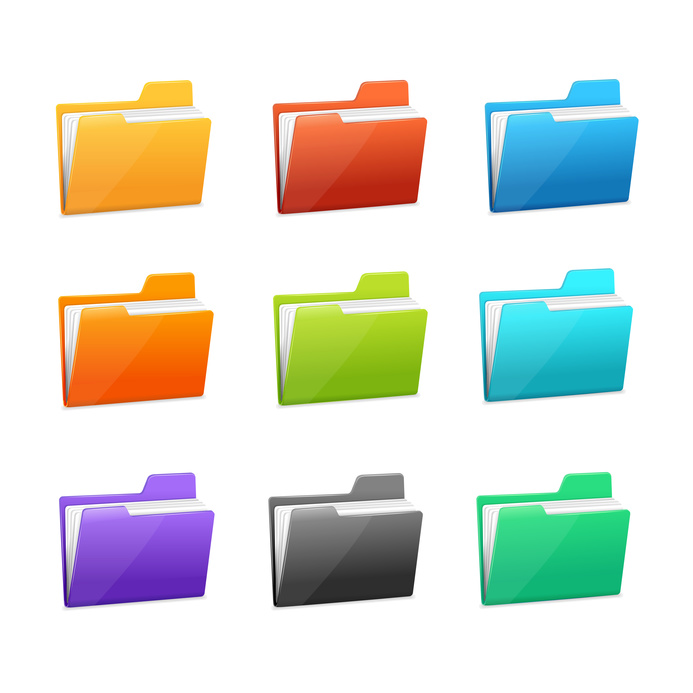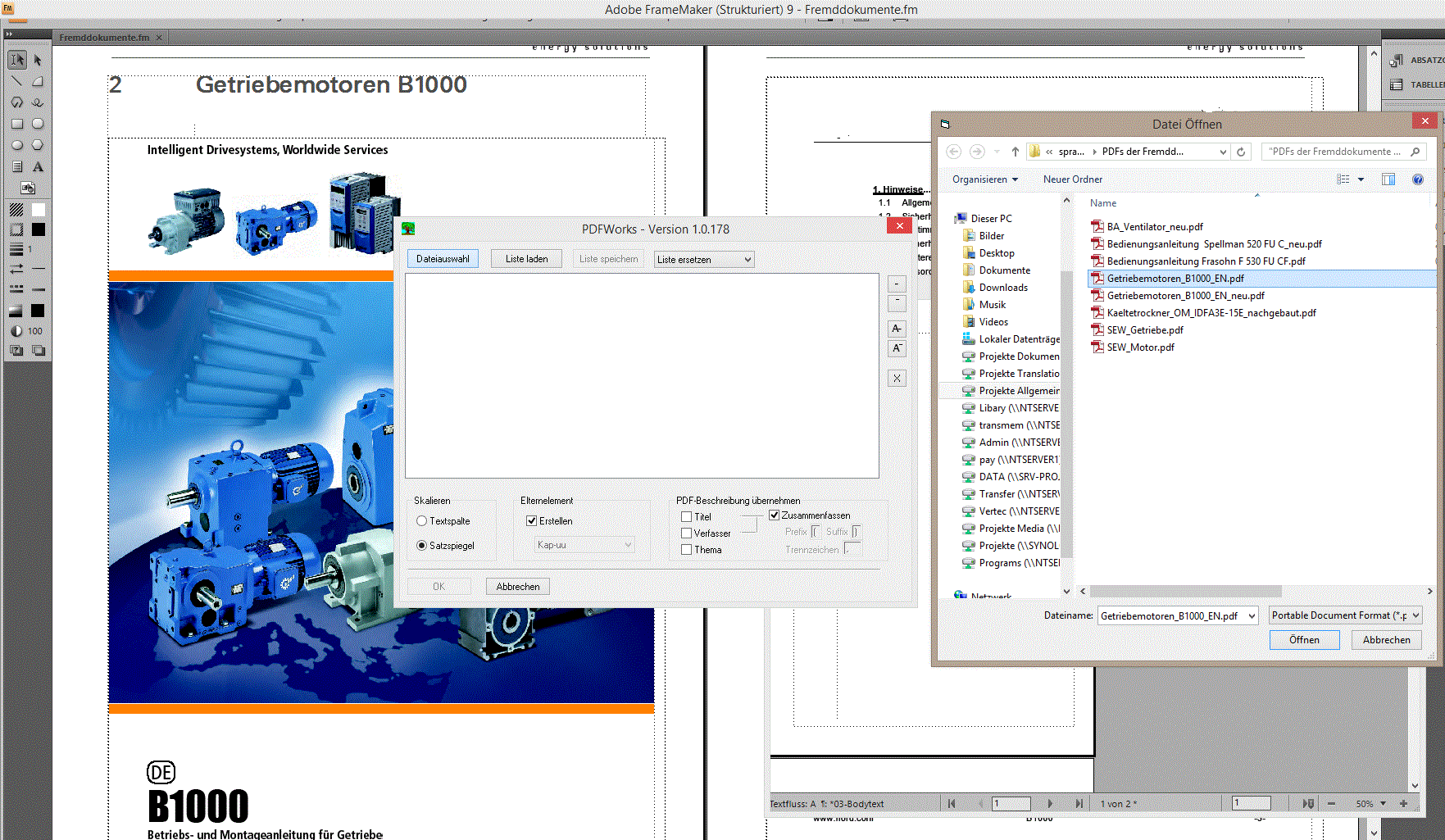Integration of suppliers’ documents
Options for embedding supplier documents in the customer’s plant documentation (print and online solutions)
Initial situation
The proportion of suppliers’ sets of documents (sets of external documents) of the overall volume of a set of plant documents very often is considerable, and can even be close to the 100% mark.
In accordance with document standard EN 82079-1:2012 (Preparation of instructions for use), the supplier of the plant is responsible for providing any external sets of documentation and it is therefore his duty to integrate these external sets of documentation into the overall documentation in the language of the country where the plant will be used. So that this cumbersome and time-consuming work can be completed quickly and in a structured manner, a number of different tools and methods are used at DOGREL AG, which are briefly described below.

Outline of task and objective
All external documents have to be integrated into the total documentation and issued in a format that is suitable as an online instrument and for print. The process aims to provide the following advantages:
- Documentation in consistent style
- Automatically producible TOC
- Links between different parts of the documentation
- Continuous page numbering
The form in which the whole documentation is provided depends on customer requirements regarding the updating of content, how up to date the documentation is meant to be and the necessary availability of different versions. Depending on these requirements the company will produce either a printable version of the documentation, which is also available electronically as a PDF file, or create an online version.
Solution for printable versions of documentation
In order to integrate external sets of documentation into one complete PDF document, we use a multi-stage work process. In order to integrate external sets of documentation into one complete PDF document, we use a multi-stage work process.
In the first step, the structured base document is produced in FrameMaker with the appropriate chapter headings. Then the external documents are converted into PDF format unless they are already in this format.

- Screenshot of online documentation including integrated external documents.
In the next step the external documents are imported chapter by chapter into the FrameMaker base document using fully automatic tools. In this process the PDF documents are automatically placed on FrameMaker pages and scaled.Once all external documents have been imported the table of contents and page numbering are automatically created. Now all that is left to be done is to generate a PDF file that can be printed.
Solution for online documentation
The concept is “available offline, updateable online”. This can be achieved in a number of ways; when selecting the appropriate method, numerous criteria have to be taken into account, the most important of which are:
- Requirements under regulations and standards
- Accessibility of documents
- Read/write authorisation
- Different versions to be available and clearly distinguishable
- Question as to who is responsible for updating the content (to be done by the customer or the service provider?)
- Should links be possible between the base documents?
The following advantages can be benefited from:
- Online editability
- Additional offline availability
- Intelligent search function
- Intelligent filter function
- Links to spare parts catalogue
- Links to maintenance manual
- Option of integrating videos etc.
Basic requirements:
-
Standardised integration of external documents incl. standardised naming
-
Storage of files to be language-related
-
Exact allocation of supplier documents to suit the respective plant
Conclusion
Producing the complete documentation in PDF form for printing is always less work than producing the documentation online. On the other hand, some of the advantages listed above are not available, e.g. live editability. Online documentation requires a certain amount of time input for updating and making document versions and document languages available, and the person in charge of the documents needs to be experienced in the operation of CMS and databases. Why not therefore use the competences of DOGREL AG and benefit from the many advantages, such as professional support when integrating supplier documents with respect to aspects of legal and standard requirements, saving time and staff resources.
Contact & information:
Michael Payr
Technical Editing
+41 71 727 98 84
m.payr@dogrel.com
Infotrend Autumn 2015